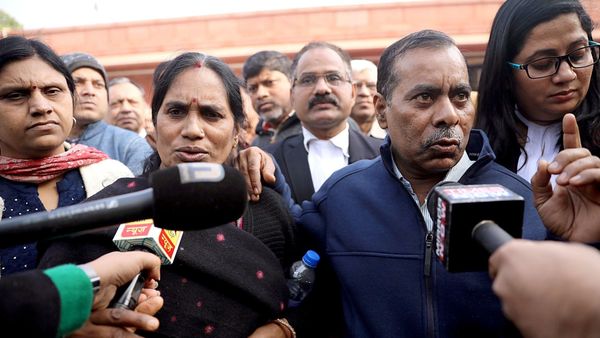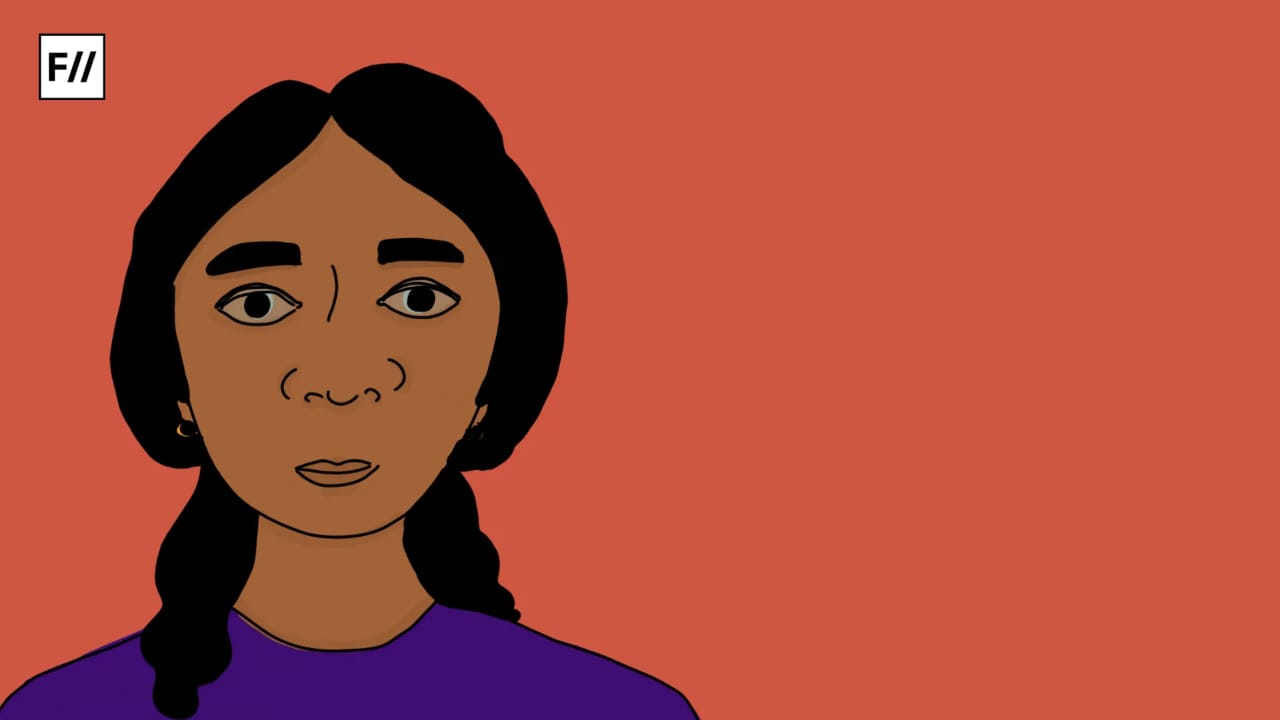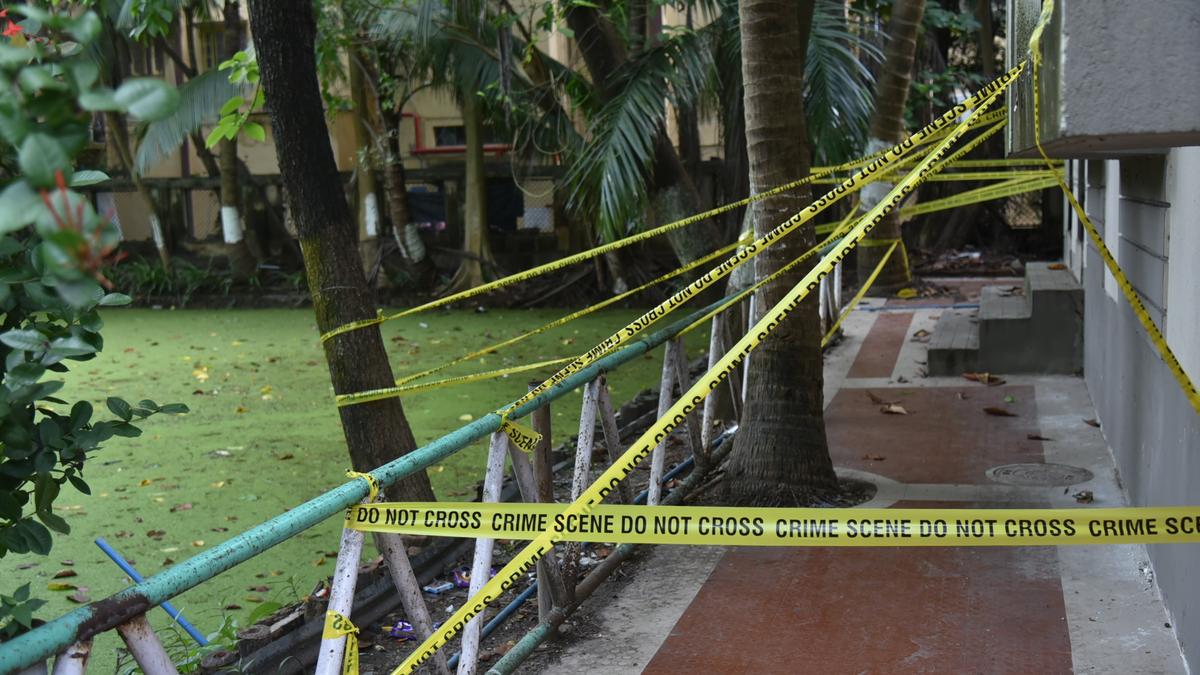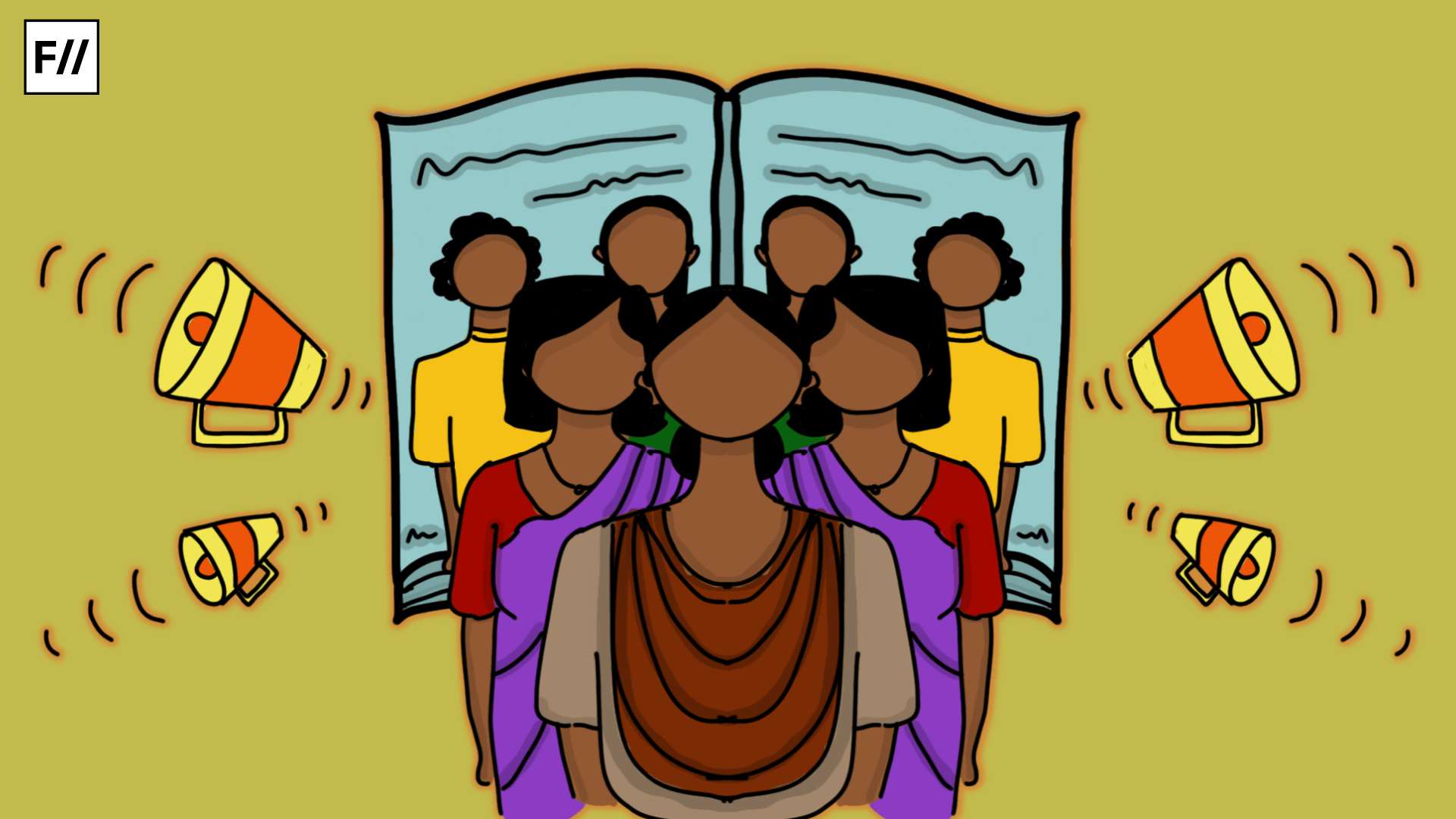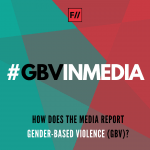 Editor’s Note: This article was written for the #GBVinMedia Campaign, which interrogates mainstream media’s reportage of gender-based violence from an intersectional feminist perspective. Many of these insights are based on the #GBVinMedia toolkit, released by FII as a guide for journalists and media professionals to report gender-based violence sensitively and ethically. If you wish to get in touch regarding this campaign, please email asmita@feminisminindia.com.
Editor’s Note: This article was written for the #GBVinMedia Campaign, which interrogates mainstream media’s reportage of gender-based violence from an intersectional feminist perspective. Many of these insights are based on the #GBVinMedia toolkit, released by FII as a guide for journalists and media professionals to report gender-based violence sensitively and ethically. If you wish to get in touch regarding this campaign, please email asmita@feminisminindia.com.From rural Rajasthan, a report emerges. A mother wants her young daughters to be operated for intrauterine devices before the harvest season begins, in order to prevent unwanted pregnancies for her daughters because she knew that the landlords will rape them. Journalist Soni Sangwan, in an interview, points out how many rape cases in rural areas fail to grab the media’s attention and how gender-based violence (GBV) is so helplessly normalised in our society.
Owing to the patriarchal mindset of our society, around 99% of rape cases in India go unreported. Besides the underreporting of GBV cases, there is a reluctance from the police to register cases of sexual violence, and additionally, the low conviction rates coupled with high pendency rates makes accessing justice even more difficult for survivors of gender-based violence. On top of that, the way it is reported in the media further aggravates the situation.
GBV cases in the media
After the Nirbhaya case, the reporting of rape cases in media saw a sharp spike, according to a report by Joana Jolly. However, amongst other things, it also points out that there is a huge rural-urban bias in reporting cases especially sexual abuse and rape cases. Considering that 65.97% of people in India live in rural areas and according to a report in Times of India, over 80% of the rape cases in High court and close to 75% of rape cases in Supreme Court come from rural areas. Yet, there is a huge gap in reporting these cases in the media. According to research done by Niharika Pandit and Amanda Gilbert, 65% of English and 67.2% of Hindi news articles that mentioned GBV were based in an urban setting. This is a disturbing trend that needs to be taken seriously.
What causes the urban bias?
Jolly in her report highlights one important reason behind not covering rape stories from rural areas and of people belonging to the marginalized community. A reporter in the interview said that media houses prefer reporting stories of “People like us” – victims/perpetrators who are upper or middle class, can speak English and resemble a well-to-do lifestyle.
media houses are a reflection of our society and they reciprocate the same social dynamics. Their urban bias excludes people from the rural areas and gives a lower priority to the incidents involving them.
A detailed report from Oxfam and Newslaundry called, “Who Tells Our Stories Matters: Representation of Marginalised Caste Groups in Indian Newsrooms”, studies the caste composition of the media houses. According to the report, “Nearly 92% of the newsroom leadership positions across the English newspapers selected for this study – The Economic Times, Hindustan Times, The Hindu, The Indian Express, The Telegraph, The Times of India – were held by upper caste individuals, with no representation for the Scheduled Castes, Scheduled Tribes, OBCs, or religious minorities. Just a 10th of the writers in the top decile by the number of articles published belonged to the Scheduled Castes, Scheduled Tribes, and OBCs.”
Therefore, only the reports that resonate with the staff and the readers are given attention. Hence, it is all but a game of numbers.
It is important to analyse why certain cases grab the attention of the media and its consumers more than others. For example in the Nirbhaya case, when the reports first came out, it was pointed out that she was a medical student, she went out to watch an English movie in a fairly well-to-do neighbourhood. She also wasn’t doing anything overtly “bad” like drinking, wearing short clothes, or being out too late at night, or engaging in sex work – all criteria that would spark victim-blaming instead of an outpouring of support. The criteria of the ‘good-victim’ from a well-to-do, probably an upper-middle-class background, were fulfilled. Similarly, the rape and murder case of a vet in Hyderabad in 2019 fulfilled the criteria of ‘People like us’ and the ‘good victim’ and was then seen as a ‘Nirbhaya’ like case that gained massive attention of media, which also converted into public outrage.
This is a sad commentary on the way the media works. The media is considered as the ‘fourth pillar of democracy’ whose work is to hold the other three (legislature, judiciary, and executive) accountable and to communicate and advocate the issues of citizens. Hence we tend to view the media as an institution that will portray the truth objectively. But, the fact is that the media houses are a reflection of our society as well. Hence, they too reciprocate the same social dynamics in the office. Their urban bias tends to exclude people from the marginalized community and gives a lower priority to the incidents involving them.
What is the problem?
Apart from rape being a social epidemic in itself, it is made worse by the way it is reported and by whom it is reported.
The issue with reporting rape is that we view it as an isolated crime. When we do this, we fail to place rape in a social context and hence, fail to acknowledge the social, political and economic factors leading to the horrific incident. Another issue is that despite rapes being more common in rural areas, the media fails to report them. By denying their stories a proper space in the news, they are failing to do their duty. Moreover, they promote a dangerous culture of silence that makes the issues faced by women in rural areas almost invisible.
Caste-based sexual violence on women is another systemic issue that is swept under the rug by clubbing it within gender-based violence and not highlighting the angle of caste violence. One has to view the assault through a lens of caste since in many cases, caste plays a vital role in the motives of the perpetrator. According to a report, crimes against Dalits increased by 66 percent between 2007 to 2017, while rape against Dalit women doubled, National Crime Bureau statistics show. Six Dalit women are raped every day.
Women in rural areas are prone to more violence and the systemic lack of resources that could help them in the case of GBV worsens their condition. With the deep-rooted misogyny and patriarchal norms, women in rural areas face harassment and abuse on a daily basis. Also because of poor education and lack of information and support, the abuse has become a part of their lives. On top of that, if the mainstream media keeps up this urban bias, this problem seems to be never-ending. With a crisis so bad, we can’t afford news to be limited to certain locations.
In her book called ‘No Country for Women’, Priyanka Dubey has documented the rape cases in India that remain largely undocumented. She also reiterates the issue that the media has a huge blindspot for the cases in rural India. In 2014, two teenage girls in the Badaun district of U.P. were raped, mutilated and left hanging on the tree. This was reported in the media but, the case failed to reach the consciousness of the masses. It didn’t receive the same public outrage or attention as the Nirbhaya case. Even the main accused were acquitted. The reason? The girls belonged to the Dalit community in a rural part of the U.P and hence failed to strike the same chord with the masses and the media.
Ending note
While researching for this article, I have gone through various reports and rape cases and they have left me nothing short of horrified. The sheer brutality of the cases, the irresponsibility (and sometimes compliance with the accusers) of the state institutions and the urban bias and insensitivity of media while reporting cases of gender-based violence paints a very bleak picture of the kind of society we live in.
By denying rural stories a proper space in the news, they are failing to do their duty. Moreover, they promote a dangerous culture of silence that makes the issues faced by women in rural areas almost invisible.
However, change is coming slowly. Firstly, the emergence of local rural-centric platforms such as Khabar Lahariya and Gaon Connection has provided alternatives for the mainstream media that are guided by profit-making and political and social influences. The stories that fail to attract the attention of mainstream media are reported by these channels. Also, these platforms cater to the local audience and have a better connection since they belong to the same community.
Secondly, there is a growing consciousness among the media houses about reporting cases of GBV. With the increase in the use of digital media platforms, people are also becoming conscious and holding the media accountable. There is also better access to information and a wider connect to the audience.
However, one cannot take away the accountability of the mainstream media. It is time that the media houses introspect, recognise their urban bias, and start becoming more inclusive and diverse. It is also imperative that the journalists are taught about ethical and sensitive journalism especially in reporting the cases of sexual assault and rape to usher in a more sensitive environment.
Also read: How To Sensitively Interview Survivors Of Sexual Violence | #GBVinMedia
Featured Image Source: ANI via LiveMint
About the author(s)
Art| Photography| Poetry
Political and social being
